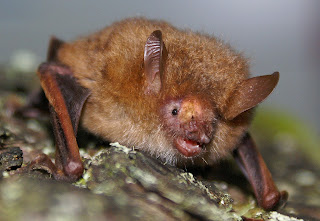2013
certainly felt like a busy year. Between January and early November, much of my
writing time was devoted to updating Taiwan: The Bradt Travel Guide,
the second edition of which will be published in spring 2014. This
naturally involved field research in addition to lots of time on the
Internet and telephone; especially enjoyable were my expeditions to
the Matsu National Scenic Area, Mount Dabajian (even though the
weather didn’t cooperate), the coastline and forts near Keelung,
and the eastern counties of Hualien (where, for the first time in
more than a decade, I slept in a temple) and Taitung. A long
motorcycle trip started in Taichung, took me on back roads to
Puli, then on to Sun Moon Lake, Shuili and Chiayi.
The guidebook project caused me to turn down some work offers, but I found time to develop additional content for Life of Taiwan (most of the work for that site was done in 2012), and also write some longish pieces for Taiwan Review (following the abolition of the Government Information Office, this monthly is published by the Ministry of Foreign Affairs) and Taiwan Business Topics (on bats, among other subjects). I also contributed shorter articles to Culture.TW and Travel in Taiwan, three inflight magazines, and for the first time had my by-line in the South China Morning Post and Business Traveller Asia-Pacific.
The guidebook project caused me to turn down some work offers, but I found time to develop additional content for Life of Taiwan (most of the work for that site was done in 2012), and also write some longish pieces for Taiwan Review (following the abolition of the Government Information Office, this monthly is published by the Ministry of Foreign Affairs) and Taiwan Business Topics (on bats, among other subjects). I also contributed shorter articles to Culture.TW and Travel in Taiwan, three inflight magazines, and for the first time had my by-line in the South China Morning Post and Business Traveller Asia-Pacific.













